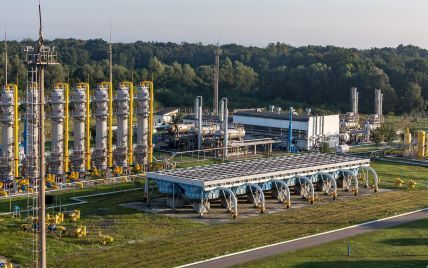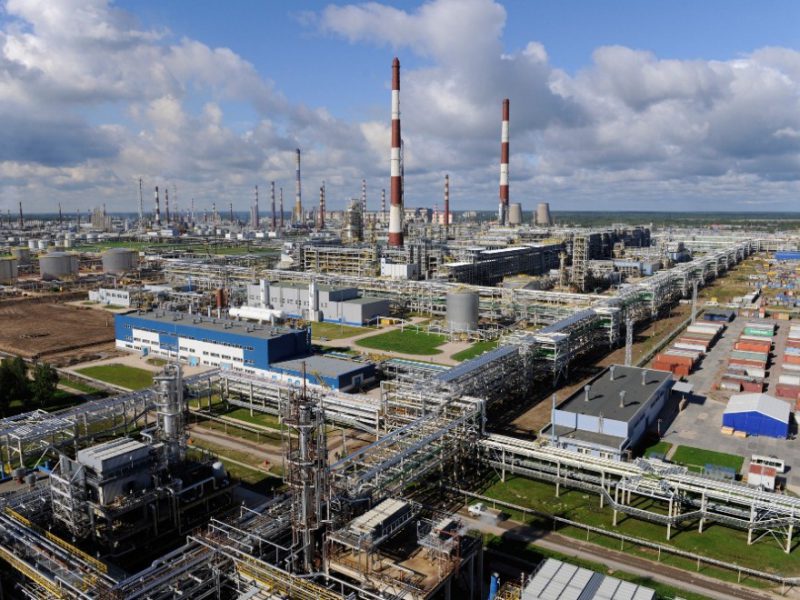Russia launched its largest attack on Ukraine’s gas infrastructure since the war began, striking production facilities in Kharkiv and Poltava oblasts with 35 missiles and 60 drones on 3 October. State energy company Naftogaz CEO Serhiy Koretskyi reported critical damage to facilities supplying gas for civilian heating and military operations.
The strikes target Ukraine’s war effort.
Gas powers military generators, heats front-line positions, and fuels logistics networks—especially along the eastern front where Russia has spent months pushing toward Pokrovsk. Ukrainian President Volodymyr Zelenskyy warned that “Russia will do everything to ensure we cannot extract our own gas.”
Low reserves meet intensified attacks
Ukraine faces winter with gas reserves at a five-year low. Earlier Russian strikes at the beginning of 2025 destroyed approximately 50% of domestic production capacity, leaving the country with just 5.41 billion cubic meters in storage by April, 35% less than the previous year.
To compensate, Ukraine secured an international financial package totaling approximately $2.8 billion: $1 billion from state company Naftogaz’s own resources, plus loans from the European Bank for Reconstruction and Development (EBRD), the European Investment Bank, and grants from Norway.
The Cabinet of Ministers set a minimum target of 13.2 billion cubic meters in storage by 1 November—barely enough if the winter stays mild, according to energy analysts quoted by Economic Pravda.
Ukraine imports gas primarily through three routes: Hungary (60% of total volume), Slovakia (23%), and Poland (17%).
The 3 October strikes will force Ukraine to buy more gas from Europe precisely when it needs funds for military operations, and Russia aims to drain foreign exchange reserves.
Energy warfare targets different goals
While Russia targets Ukrainian gas production, Ukraine has conducted its own systematic campaign against Russian refineries, destroying approximately 20% of Moscow’s processing capacity. The targets show different war strategies:
Ukraine strikes refineries to force Russia to export cheap crude instead of profitable refined products, while Russia targets production facilities to prevent Ukrainian energy independence.
“Russia now imports gasoline from across the map: from Asia—China and others—and from Europe, Belarus in particular,” President Zelenskyy said in his 3 October evening address, noting the irony of an energy superpower becoming dependent on fuel imports.
The facilities sit near active combat zones in Kharkiv and Poltava oblasts and power both civilian heating and military operations—exactly what Moscow wants to destroy. Naftogaz chairman Koretskyi called the strikes “deliberate terror against civilian infrastructure that produces and processes the gas people need for everyday life.”
Russia has repeatedly struck Ukraine’s energy infrastructure during the cold months.
Previous strikes knocked out power across Ukrainian cities and forced emergency electricity rationing. Ukrainian air defenses intercepted only some of the 3 October barrage, with multiple facilities sustaining damage that will require weeks to repair—time Ukraine may not have as temperatures drop and military operations intensify in Donetsk Oblast.
Read also
-
Russian strikes on energy facilities leave 21,000 without power in Kharkiv, destroy homes and kill woman in Kherson
-
Ukraine disables 40% of one of Russia’s largest oil refineries processing 17.5 million tons annually
-
Fires rage at three Russian facilities as drones target oil, energy, and military explosives infrastructure in one night





